LED ceiling lights have become increasingly popular in modern homes and commercial spaces due to their energy efficiency and long lifespan.
We explore how LED ceiling lights work and discuss the advantages and disadvantages of using them in your space.
From their environmental benefits to design versatility and cost-effectiveness, there are many reasons to consider switching to LED ceiling lights.
We also provide a comprehensive guide on factors to consider before making a purchase, helping you decide if LED ceiling lights are worth it for your needs.
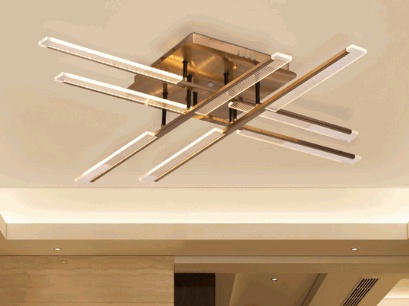
LED ceiling lights work by utilising light-emitting diodes (LEDs) as the primary light source. These energy-efficient lights produce illumination through the movement of electrons within a semiconductor material, generating light without the heat production seen in traditional incandescent bulbs.
LEDs function in a way where electrical currents pass through a semiconductor material, causing the electrons to move around and emit photons, which are light particles. This process is highly efficient, converting a large amount of electricity into visible light without wasting energy in the form of heat, making them cool to touch. LED ceiling lights have become a popular choice due to their longevity, with many LEDs lasting tens of thousands of hours before needing replacement.
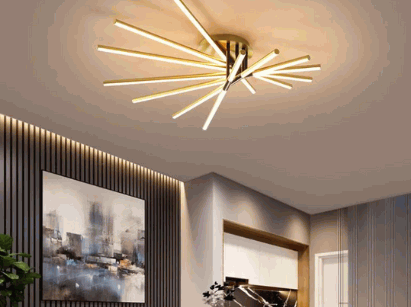
LED ceiling lights offer numerous advantages, including exceptional energy efficiency, long service life, bright illumination, and stylish design options.
One of the standout benefits of LED ceiling lights is their remarkable energy efficiency, significantly reducing electricity consumption compared to older lighting technologies. This not only helps in lowering utility costs but also contributes to a more sustainable environment.
Due to their extended service life, LED ceiling lights require less frequent replacement, reducing maintenance expenses and inconvenience. The brightness levels achieved by these lights can be customised to suit different preferences, providing flexibility in lighting design.
The innovative designs and stylish aesthetics offered by LED ceiling lights complement various interior styles, enhancing the overall ambiance of a space.
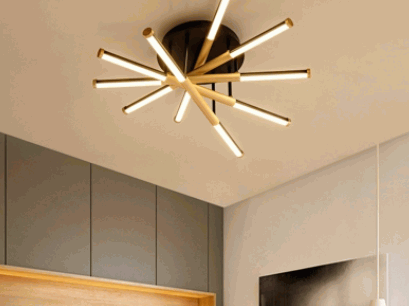
Whilst LED ceiling lights offer various benefits, they also come with some drawbacks such as a higher upfront cost, limited colour options compared to traditional bulbs, and potential heat dissipation issues that require proper maintenance. Understanding these disadvantages is crucial for well-considered choices when choosing lighting fixtures.
One significant drawback of LED ceiling lights is their higher initial investment compared to traditional lighting options. Although LEDs are known for their energy efficiency and long lifespan, the initial cost can be a barrier for some consumers.
Another limitation is the colour options available with LED ceiling lights. Whilst LEDs come in various colour temperatures, the range is often more limited when compared to incandescent or fluorescent options.
Heat management is another challenge associated with LED ceiling lights. LEDs produce less heat than traditional bulbs, but improper heat dissipation can lead to decreased lifespan and performance issues.
Regular maintenance is crucial for LED ceiling lights to ensure optimal performance over time. Cleaning, checking for any loose connections, and proper ventilation are essential to avoid premature failure.
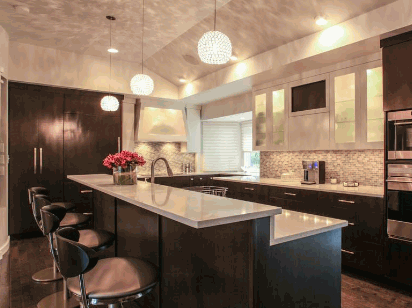
Before purchasing LED ceiling lights, it's essential to consider factors like the size of the room, desired colour temperature, required brightness levels, dimming options, and the guarantee and reputation of the brand. These considerations ensure that the chosen lighting fittings meet both functional and aesthetic requirements.
Room dimensions play a crucial role in determining the number of lights needed and their placement for uniform illumination. Optimal colour temperature influences the ambience, with warmer tones creating a cosy feel and cooler tones enhancing productivity. Adequate brightness levels tailored to the room's purpose are essential for comfort and visibility.
Having dimming features allows flexibility in adjusting light intensity based on different activities throughout the day, contributing to energy efficiency and ambience control. Trusting a reputable brand with reliable guarantees ensures long-term durability, quality assurance, and customer support for peace of mind.
In conclusion, LED ceiling lights present a compelling choice for consumers looking to replace traditional lighting solutions like fluorescent fixtures.
The advantages of LED ceiling lights go beyond just energy efficiency and longevity. These fixtures offer a wide range of design versatility, allowing consumers to customise their lighting setups according to their needs and preferences. The overall cost-effectiveness of LED technology becomes evident when considering the savings on energy bills and maintenance costs over the long term.
Discover: How Much Does An LED Night Light Cost To Run
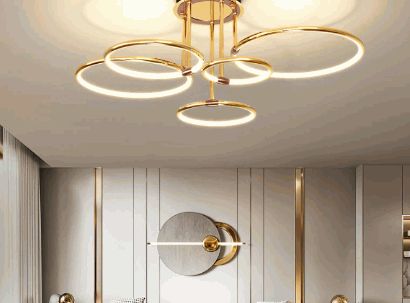
61a, Walton St, Walton On The Hill, Tadworth,
Surrey, KT20 7RZ
info@amorybrown.co.uk